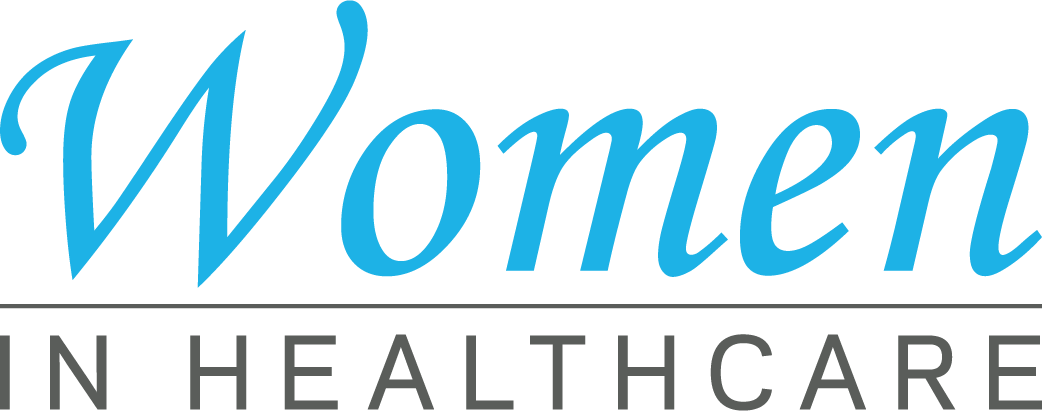A Comprehensive Guide on Exactly How Medical Care RCM Works to Streamline Invoicing and Collections
Navigating the intricacies of healthcare income cycle administration (RCM) is critical for providers aiming to enhance their billing and collections processes. The overview unpacks the complexities of RCM, from person registration to accounts receivable monitoring, supplying insights into enhancing each action.
Recognizing Profits Cycle Administration
RCM is a crucial management feature that incorporates the whole financial process of person treatment, from the initial visit setting to the final settlement of the balance. It is an intricate treatment made to determine, gather, and handle the profits from the solutions offered to patients.
The RCM procedure starts when a person schedules a consultation and expands with the client's treatment trip, including invoicing and collections. A vital goal is to decrease the time in between supplying a service and receiving repayment, hence boosting the company's monetary health and wellness. RCM entails numerous functions such as individual registration, insurance coverage confirmation, fee capture, coding, asserts entry, settlement publishing, and dealing with denials and allures.
Key Components of RCM
In the realm of Earnings Cycle Administration (RCM), understanding its key elements is fundamental to attaining monetary efficiency within medical care organizations. RCM is a comprehensive process that encompasses different stages, each vital to ensuring reliable billing and collections. The main elements include individual registration, insurance policy confirmation, charge capture, coding, case submission, settlement posting, and balance due management.


Once coded, claims are submitted to payers, where accuracy is vital to stay clear of delays or beings rejected - Healthcare RCM. Repayment posting entails recording the received settlements, which permits the reconciliation of accounts. Last but not least, receivables monitoring focuses on monitoring and attending to unpaid insurance claims, guaranteeing timely follow-up and resolution
Each element of RCM is interconnected, and ineffectiveness in any kind of component can interrupt the entire cycle. Therefore, mastering these aspects is vital for healthcare companies to optimize revenue and boost their financial health and wellness.
Methods for Efficient Invoicing

Systematizing payment procedures throughout the organization is another key technique. Establishing clear standards for documents, coding, and entry assists maintain uniformity and compliance with regulative requirements. Educating personnel frequently on these procedures ensures every person is updated with the newest changes in payment codes and payer plans.
Accurate cost capture is crucial in protecting against profits leakage. Carrying out regular audits and surveillance systems permits the identification and correction of inconsistencies before they affect revenue. Additionally, maintaining open lines of interaction with payers assists to rapidly resolve any type of disputes or misconceptions that may emerge.

Lastly, engaging people early in the invoicing procedure by supplying clear quotes and educational products concerning their economic obligations can considerably reduce confusion and enhance settlement timeliness. These strategies jointly add to an extra effective and financially healthy and balanced payment system.
Enhancing Collections Procedures
Offered the complexities of clinical invoicing and the variety of payer requirements, boosting the collections procedure involves carrying out strategic actions that ensure prompt and precise repayment of solutions made. Automation tools can aid in tracking claim conditions, sending out timely reminders to individuals, and handling denials much more properly.
Clear and clear client interactions are critical. Offering detailed explanations of costs and offering flexible repayment plans can enhance patient fulfillment and punctual repayments.
Routine audits of the collections procedure should be conducted to recognize areas for enhancement and guarantee conformity with guidelines. By analyzing data, health care organizations can identify trends, expect possible issues, and adapt methods as necessary (Healthcare RCM). Eventually, a well-enhanced collections procedure not just sustains financial health but additionally adds to a more seamless experience for people and personnel alike
Optimizing Revenue Streams
Building upon the structure of a strong collections procedure, healthcare organizations can better bolster their economic stability by purposefully optimizing income streams. This involves a multi-faceted method, beginning with a thorough analysis of existing income resources to recognize inefficiencies and locations for development. Employing sophisticated data analytics tools enables organizations to acquire insights right into payer mix, patient demographics, and service usage patterns, permitting data-driven choices that enhance income capture.
Carrying out automated invoicing systems can substantially minimize errors and expedite claims refining, making sure that revenue is gathered extra successfully. In addition, enhancing payer agreements through routine negotiations can enhance repayment prices and terms, straight affecting the lower line. Branching out service offerings, such as integrating telehealth or wellness programs, can likewise attract a more comprehensive patient base, therefore boosting income potential.
An additional vital component is improving person involvement and contentment, as satisfied patients are most likely to comply with treatment plans and make prompt payments. Using versatile payment choices and clear invoicing practices can boost collections and foster patient loyalty. Healthcare RCM. By taking on these techniques, medical care organizations can develop a more resistant monetary framework, making look at this site certain sustained growth and stability in an ever-changing market landscape
Final Thought
In conclusion, healthcare Revenue Cycle Administration (RCM) plays a vital function in enhancing billing and collections processes by incorporating vital elements such as person enrollment, insurance coverage confirmation, fee capture, coding, claims entry, and receivable management. By using sophisticated modern technology, systematizing treatments, and promoting individual interaction, healthcare service providers can significantly minimize case rejections, increase settlement cycles, and boost cash money circulation. This comprehensive approach to RCM eventually leads to visit the website boosted economic efficiency and sustainability for healthcare companies.
The RCM procedure starts when a patient timetables an appointment and expands through the client's treatment trip, including payment and collections.One more vital part is enhancing individual engagement and complete satisfaction, as pleased patients are more most likely to adhere to therapy strategies and make timely settlements. Using adaptable payment alternatives and clear invoicing practices can enhance collections and foster person commitment.In final thought, medical care Profits Cycle Administration (RCM) plays a critical role in enhancing invoicing and go to this website collections processes by integrating vital components such as person registration, insurance policy confirmation, fee capture, coding, asserts submission, and accounts receivable management. By utilizing sophisticated technology, systematizing treatments, and fostering individual interaction, healthcare companies can significantly lower claim denials, increase payment cycles, and improve money circulation.